Middle Grade Read Alikes: Free PrintablesNovember is the month of thankfulness and sharing our gratitude for those who are a part of our lives. I would like to extend my gratitude to each of you reading this post! I am including the link to a FREE set of middle grade read alike lists you can print out and use today in your library or classroom. I know how busy this time of year can get and having a prepared read alike list can be useful to build a display, support a teacher or student or even parent unsure of what they want to read next. These read alike lists have been designed using five titles from the Maryland Black Eyed Susan Nominees for grades 6-9 for 2019. I hope you find this to be a useful tool as you start your holiday season. Starting a blog has been an overwhelming and daunting process, clearly as I have not posted since July. I have been astounded by the number of people who have purchased items from my TPT store since it launched in March, but for me it has been my greatest pleasure, in this process of developing a brand, to participate in the community of librarians which I have joined through Instagram. I am amazed and inspired daily with the awesome and edgy work that you are all doing for our field and our students. It has been so refreshing to see librarians build each other up and encourage them in their work. So, it is with gratitude and humility that I continue to look to you for ideas, professional guidance and support. Please know that you are amazing and your work is meaningful! Want to purchase these titles for your library or classroom? Deep Water | Ghost Boys | Chasing King's Killer | Game Changer | Click'd Disclaimer: These are Amazon affiliate links. I may get paid if you buy something or take an action after clicking one of these.
3 Ways to Promote Summer ReadingThe dreaded summer slide is what all teachers hope our students can avoid during these lazy days of summer! As librarians, one of the ways we can help our students is by engaging with them over the summer months; encouraging them to read and share their recommendations or reviews. Here are three of the things I do to help promote summer reading with my students. 1. Connect with your local libraryI love this community connection! Each year I partner with our local librarians and have them come and present to all of our students during ILA classes. The planning starts in April with a few emails with the librarians and we work out a date and schedule. I also go over some of the popular titles we have in our library and discuss possible options for read-a-likes they could bring to book talk. As we get closer to the visit date, I send a copy of the schedule for the day and review any specific technology requests that the librarians may have for presenting. Each of the presentations are approximately 40 minutes long and during that time, they cover the resources the public library has available to children and teens, the summer reading program and book talk new titles of interest for each of the grade levels. Students walk away with a bookmark containing information about the reading program as well as applications to be helpers for those who are interested. This has been an ongoing partnership for our library, and it is a great way to remind students about the amazing resources our public library provides, as well as help our students get to know the librarians, so when they visit, they see a familiar face. 2. Build a summer reading list or reading challengeAnother way I promote summer reading with my middle school students is to run a summer reading challenge. During the last two weeks of school, I send out flyers to ILA teachers and hand them out to my library homeroom regulars. I did not have a chance to do it this year, but next year I plan to create a video to go along with the classroom flyers. The ultimate goal is to have students read one book from each of six categories as a part of the summer reading challenge. This year the categories are:
The flyer students receive contains the list as well as space for them to record the titles of the books the chose to read as a part of the challenge. As they add a title to the handout, they are slowly filling their jar with books to track their progress. 3. Engage with students via social mediaThe second part of the summer reading challenge is to engage on social media. I do this primarily though our school library Instagram page (@hdmslibrary), which has student followers. I post pictures and reminders throughout the school year and during the summer I highlight what I am reading and use the stories feature to book talk any books that I thought really stood out from my own summer reading list. I also am planning to use the polling feature to encourage engagement with students directly. I am hoping students will be confident in sharing the books they are reading and will track their progress with the challenge as well. This will hopefully also encourage other students to participate. You can follow along with our progress and the program @hdmslibrary on Instagram! Happy Summer Reading! You can download a FREE copy of the summer reading challenge handout I created for students HERE! How are you encouraging students to read over the summer months? Teaching Research in the Middle School ClassroomAs a librarian, my goal for my students is to help them become effective and efficient researchers. I often tell them, most students don't like research and that is okay. But, it is a life skill that they will be able to apply in a wide range of situations from buying a car to finding the best place to go on vacation. While my opinion of teaching research in middle school is much different from that of many students, I take my goal very seriously to make them better at it, because like anything else, practice makes perfect. Here are some ways you can improve the research experience for your students, with three simple shifts in how you approach research instruction. PersonalizePersonalized learning is all the rage now with increased access to technology for many of our students, but it is more than a buzz word. Teaching research in middle school, students need the opportunity to explore and examine topics with which they can connect. This is illustrated in application of the third space. The third space occurs when a students own world experience overlaps with that of the curriculum (Maniotes, 2005). If students are not living and working in the third space, then we as educators are missing out on deeper learning for our students. How do you do that? Make it personal. Giving students time to explore topics around a concept prior to asking them to even pick a focus, gives them the chance to select something of personal value. This also helps them build a bridge between their interests and the area of focus, accessing their third space. Exploring options allows students to develop a stronger interest in their work. GuideA sure way to guarantee disinterest in research is to assign topics or concepts. Instead of giving a topic or list of options, which takes away choice, take the time to guide students through the steps to select a an appropriate topic after they have explored the concept. Devoting time at the start of your research to be the guide your students need helps ensure that later on in the process the don't feel frustrated or defeated by a topic they had no say in selecting. You can explore the Guided Inquiry Design research model by Kuhlthau, Maniotes and Caspari to explore some of the feelings associated with the research process in their Information Search Process (2012.) Guiding goes beyond setting students up for a successful choice, it also helps students take ownership for their own learning. As a guide, you are providing the necessary scaffolding to lead them to discovery instead of just giving them a topic, questions, and sources. Process Over ProductSometimes learning and understanding the process is more valuable than the product. This is not meant to diminish the value of selecting a format for publishing work, or knowing how to create for a specific audience. But, focusing on a massive end product can lead to stressed students who care more about the colors of a PPT slide than the actual content they are synthesizing. There are times when the notes sheet can be the product, allowing the focus to remain on the steps students are taking to gather information and analyze sources. This also removes some of the stress which can be associated with big research projects. If you are teaching research in your classroom and need a good note taking sheet which can also double as a product, give this resource a try. This editable digital handout can double as a final product because, not only does it feature a place for generating research questions and note taking, but it also has a component for summarizing notes into paragraph format. This promotes synthesis and evaluation of the information gathered, taking the work beyond basic regurgitation of facts. Use personalization, guidance and process over product to create a unique and engaging research experience for your students! Works Referenced
Maniotes, L. (2005). “The Transformative Power of Literary Third Space.” Ph.D. dissertation, School of Education, University of Colorado, Boulder. (Access Link) Kuhlthau, Carol, Leslie Maniotes and Ann Caspari. Guided Inquiry Design: A Framework for Inquiry in your School, Libraries Unlimited, 2012. |
authorHi! I'm Sarah, a school librarian and former middle school English teacher. I empower school librarians to use branding and marketing skills in order to build culture, get visible and advocate for their library. Archives
February 2023
Categories
All
|
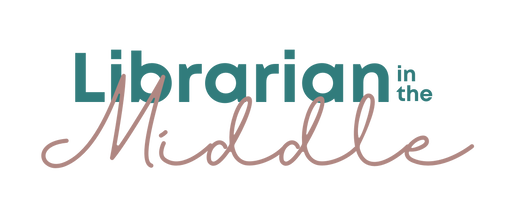
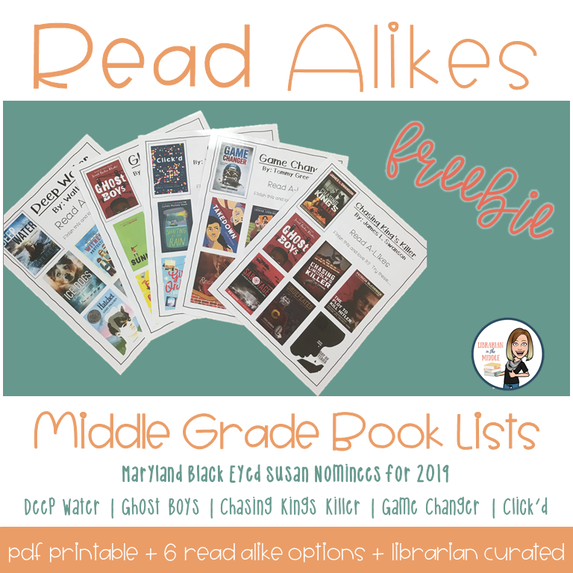



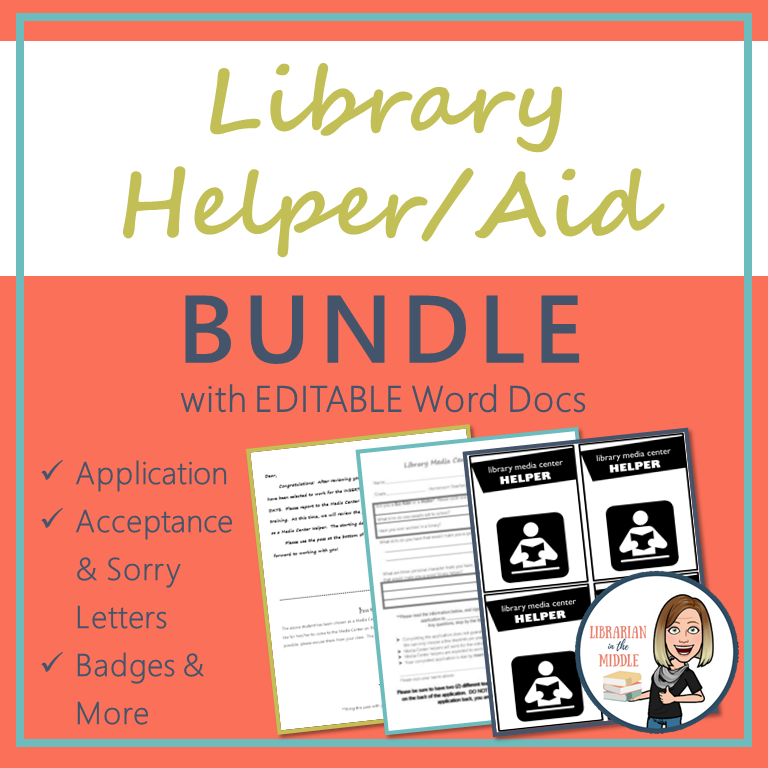






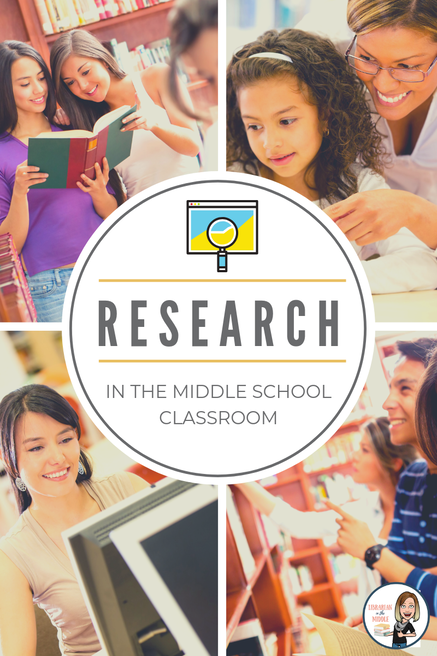



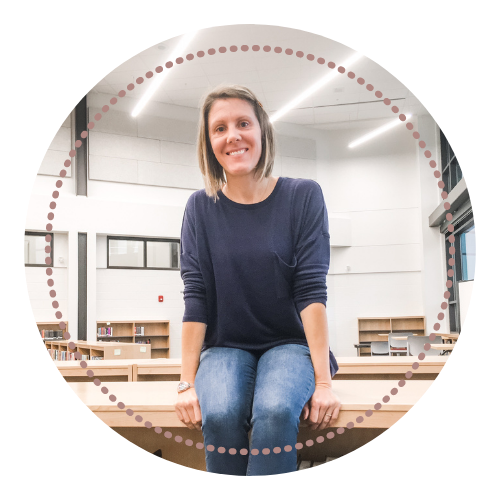
 RSS Feed
RSS Feed